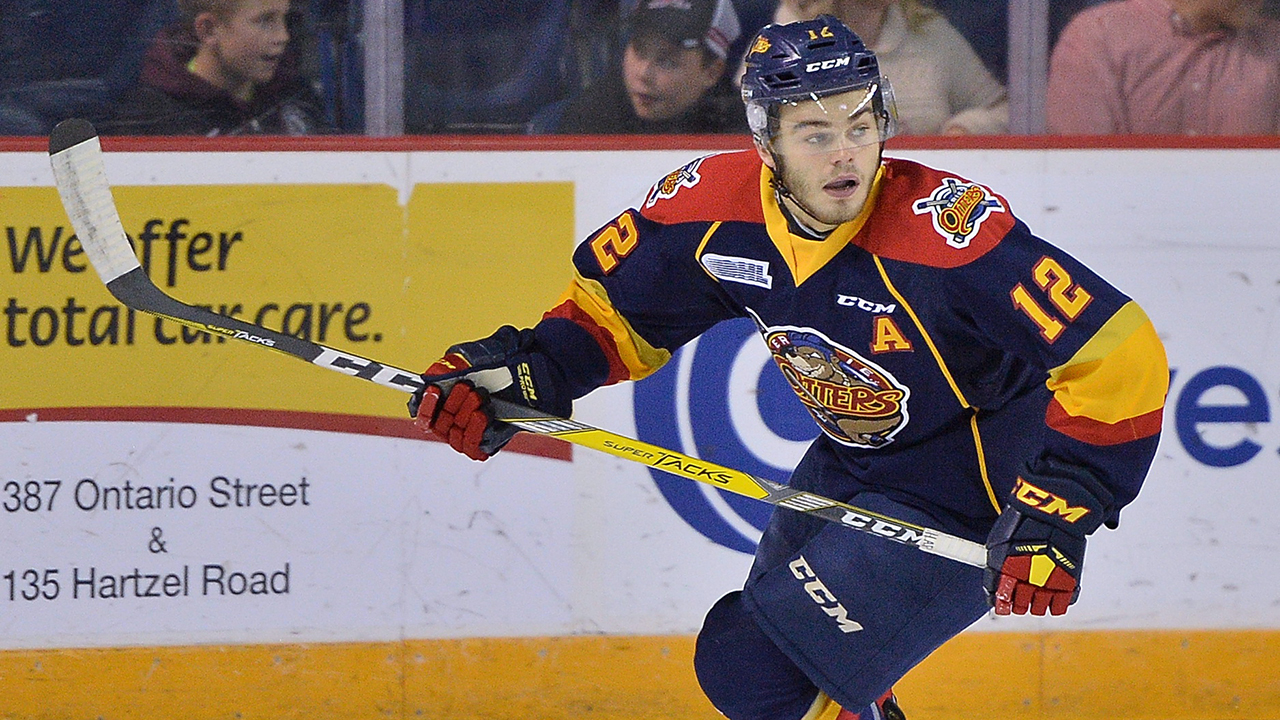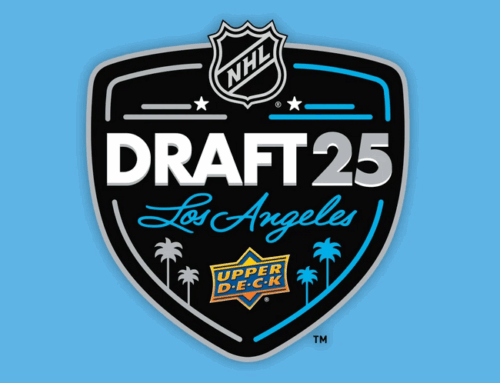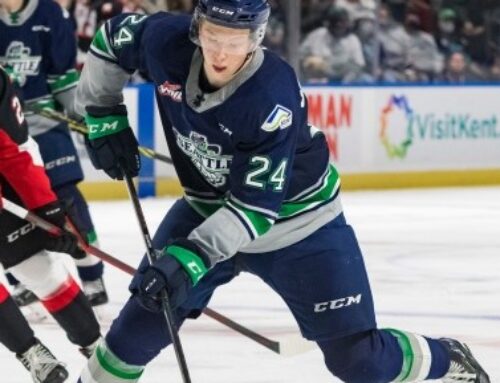Prospect Ramblings – The CHL Year of the Undersized?
Hayden Soboleski
2017-02-26
Looking into whether this is a special year for small scorers or just a mirage in this Sunday Ramblings…

***
A quick look around the web for OHL, WHL, and QMJHL news will lead to some great articles on some great players. Alex DeBrincat (CHI) is destroying (and on pace to break more) OHL goal- and point-scoring records. Sam Steel (ANH) is leading the WHL, but Adam Brooks (TOR) wont let him get too far in front. Tyler Boland and Vitaly Abramov (CLB) are neck-and-neck for the QMJHL title. The common theme between all of these players mentioned: none are over 6 feet tall.
The CHL is of course a junior league, so players like Steel, DeBrincat, and Abramov still have room to grow, but DeBrincat and Abramov will never hit 6'0" and Brooks and Boland are older participants who are probably done growing. I dont think there's anything wrong with this – if a player is skilled enough to produce in the NHL they will get their chance, but I do want to know if this is an anomalous year for the Candian Major Junior leagues or if "undersized" prospects have been leading the way regularly.
So, I've identified the top-5 scorers in each of the three Canadian leagues for the last three years, and then a few randomly selected years even further back than that. I've marked if these players would be labelled as "under-", "average-", or "over-" sized by the general hockey community. This is a subjectvie decision of course, so while I'll be doing my best estimation in the name of accuracy, there is certainly room for error here. Unless there was a serious weight discrepancy to push someone up or down a level, "under" = players below 6'0", and "over" = players ending up above 6'3". Hopefully this will shed some light onto whether this season is an anomaly or not. I never know the answers to these questions before I write about them, so believe me I'll be as interested in these results as anyone else!
OHL
| Year | Top scorer | Runner-up | 3rd | 4th | 5th |
| 2016-17 | under | average | under | average | under |
| 2015-16 | under | average | under | over | average |
| 2014-15 | over | under | average | average | average |
| 2011-12 | average | average | average | under | under |
| 2009-10 | average | average | average | average | average |
| 2007-08 | under | average | average | over | average |
WHL
| Year | Top scorer | Runner-up | 3rd | 4th | 5th |
| 2016-17 | average | under | under | under | under |
| 2015-16 | under | average | under | under | over |
| 2014-15 | average | under | average | under | under |
| 2011-12 | under | over | average | over | under |
| 2009-10 | under | under | under | average | average |
| 2007-08 | average | under | under | under | under |
QMJHL
| Year | Top scorer | Runner-up | 3rd | 4th | 5th |
| 2016-17 | average | under | average | under | under |
| 2015-16 | under | average | over | average | under |
| 2014-15 | under | under | average | average | under |
| 2011-12 | under | under | under | under | under |
| 2009-10 | average | over | under | under | over |
| 2007-08 | under | average | under | over | average |
So what do we see?
– Tall scorers don't come along too often recently, and I'm starting to understand why old-school GMs place more draft stock into bigger kids. They are clearly a hot commodity, especially ones who can score.
– There has always been lots of undersized scoring in the major junior leagues. There's a good chance lots of these kids belonged in the "average" category at the time, but this still shows that prospects not yet filling out have always been finding success.So why does this seem to be getting more attention than usual this season? My bet is that now that the NHL has cycled back into a speed-first game, people are once again seeing potential for more undersized players in the league. Rather than dismissing top-scorers as people who "could never make it in the NHL", we are in an era where, actually, they could make it. That being said, teams will always have to play against Anaheim and LA, so there is still a resiliance stands to be met coming into the league.
– The OHL top scorers seem to be getting smaller, while the QHMJL top scorers seem to be getting bigger. A much more thorough investigation would have to be done to confirm this, but it seems possible given the number of players falling into each size category above. The WHL mixture seems to have stayed fairly uniform over the years chosen, but the interesting feature here may be the amount of undersized top scorers that have alwasy been here. The WHL is typically considered the most physical of the Canadian major junior leagues so seeing smaller prospects succeed here may be surprising.
***
As trade deadline comes closer, be sure to stay tuned to DobberHockey and DobberPropsects. As soon as players find new homes, wew are pushing out articles on whose fantasy value is climbing and who gets knocked down a peg. Deadline pickups dont just win playoff series', they win fantasy leagues to so don't get caught watching when Wednesday comes and goes!
***
As always, thank you for reading and best of luck in your hockey pools as trade deadline approaches!
Hayden Soboleski
@soboleskih





